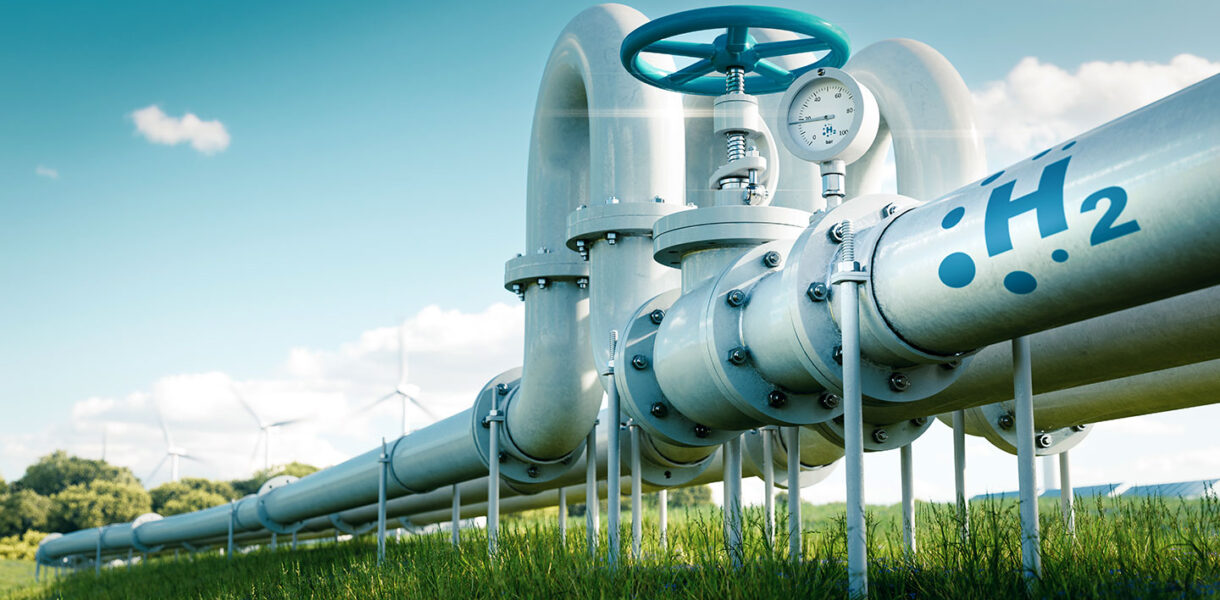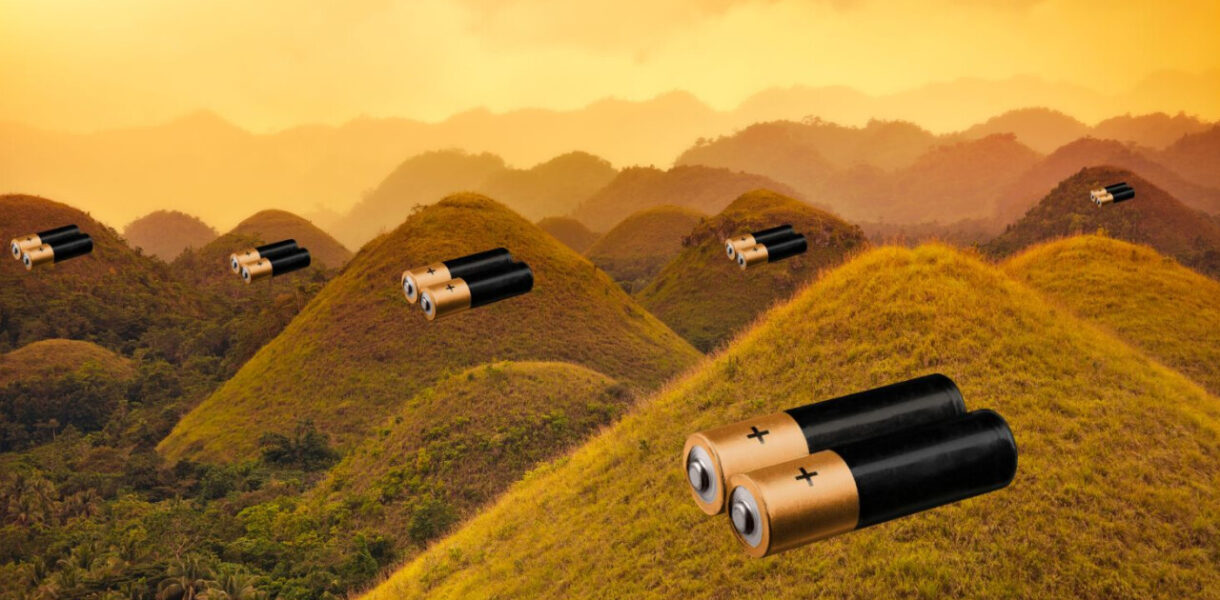The coating industry has seen significant advancements in recent years, thanks to innovative technologies such as hydro coating systems. These systems have completely revolutionized the way researchers approach coating applications, particularly in the field of polyurea coatings. In this blog post, we will delve into the intricacies of hydro coating systems, highlighting their benefits and potential applications.
Introduction to Hydro Coating Systems
Hydro coating systems, also known as hydrographic systems or water transfer printing systems, offer a unique approach to coating objects with striking patterns and finishes. The process involves immersing objects into a water-based solution, which contains a printed film with a desired design. Through triggering a chemical reaction, the film adheres to the object’s surface, resulting in a seamless and visually appealing coating.
Advantages of Hydro Coating Systems
Durability and Strength
One of the primary advantages of hydro coating systems is the remarkable durability they provide. When using polyurea coatings in conjunction with hydro coating, objects gain enhanced strength and resistance to wear and tear. Polyurea is known for its exceptional toughness, flexibility, and resistance to chemicals, making it an ideal choice for various industries, including automotive, marine, and construction.
Versatility and Customization
Hydro coating systems offer unparalleled versatility and customization options. With an extensive range of film patterns and designs available, coating researchers can create unique finishes that cater to the specific needs and preferences of their clients. Whether transforming a vehicle’s interior with a carbon fiber appearance or adding a vibrant camouflage print to a sporting equipment, hydro coating systems provide endless possibilities.
Cost-Effectiveness
Compared to traditional coating methods, hydro coating systems offer significant cost-effectiveness. The ability to use water-based solutions reduces the need for harmful solvents or expensive equipment, resulting in reduced material costs. Furthermore, the speed and efficiency of the process translate to shorter production times and increased productivity, cutting down labor expenses.
Environmentally Friendly
As sustainability becomes increasingly important in various industries, hydro coating systems have emerged as an environmentally friendly alternative. By eliminating the need for solvent-based coatings, these systems minimize harmful emissions and reduce waste. The water-based nature of hydro coating systems also makes them safer for operators and reduces the risk of toxic exposure.
Applications of Hydro Coating Systems
The applications of hydro coating systems are vast, spanning across many industries. Here are a few notable examples:
Automotive Industry
Hydro coating systems have found extensive usage in the automotive industry, transforming the interiors of cars, motorcycles, and even bicycles. The ability to mimic high-end finishes, such as woodgrain or brushed metal, allows manufacturers to create luxurious and eye-catching designs that attract customers.
Sports and Recreation
From golf clubs to helmets, hydro coating systems have become an integral part of the sports and recreation industry. By adding custom designs and protective coatings, athletes and enthusiasts can personalize their equipment while ensuring durability and longevity.
Electronics and Appliances
The sleek and modern designs of electronics and appliances can be further enhanced using hydro coating systems. The ability to apply unique textures and finishes enables manufacturers to create aesthetically pleasing devices that stand out in the market.
Conclusion
Hydro coating systems have revolutionized the coating industry, offering durability, customization, cost-effectiveness, and eco-friendliness. When combined with the exceptional properties of polyurea coatings, the possibilities become limitless. As technology continues to evolve, researchers in the coating industry must embrace these innovative systems to unlock their full potential and meet the ever-growing demands of customers across various sectors.


